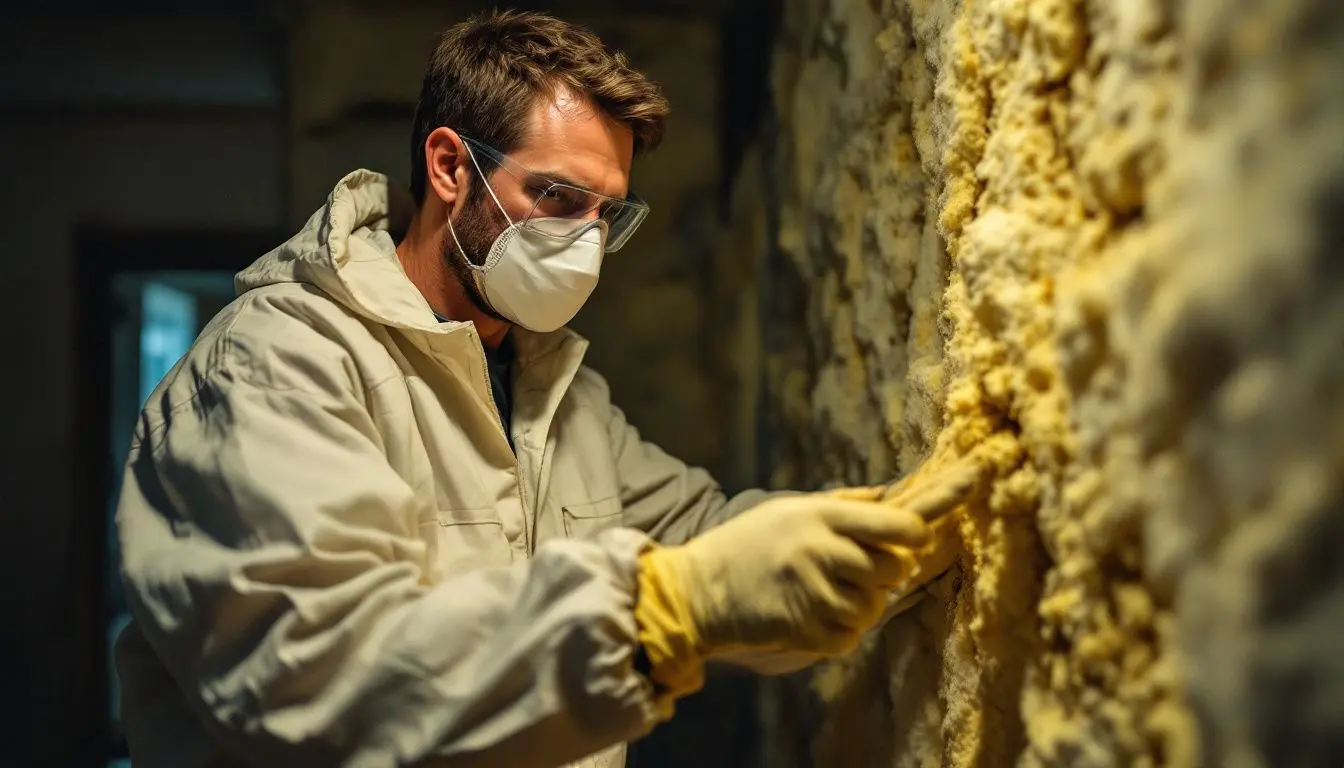When planning a construction or renovation project, ensuring the safety of all involved is a foundational step. One often-overlooked yet critical safety measure is asbestos testing. This essential process identifies whether hazardous asbestos testing -containing materials (ACMs) are present, allowing builders and property owners to make informed and safe decisions before any work begins.
Even in modern construction, asbestos remains a concern, as it was widely used in various building materials for decades. Ensuring thorough asbestos testing can safeguard against exposure to this dangerous material while saving time, money, and health complications in the long run.
Here’s why asbestos testing is an essential step for every construction project.
Safeguard Human Health
The primary reason for conducting asbestos testing is its potential impact on human health. When disturbed, asbestos fibers can become airborne and, if inhaled, pose significant health risks. Prolonged exposure to asbestos is linked to devastating illnesses, including asbestosis, lung cancer, and mesothelioma, which remain major global health concerns.
By conducting testing before construction begins, you can minimize the risk of accidental exposure for workers, property owners, and future occupants. This is especially critical in older buildings that may still contain asbestos in their ceilings, walls, insulation, or roofing materials.
Testing ensures that preventive safety measures, such as professional removal or containment, can be implemented to eliminate health risks entirely.

Avoid Costly Delays
Surprise findings of asbestos mid-construction can cause costly project delays. If asbestos-containing materials are discovered unexpectedly, projects must halt immediately to comply with health and safety regulations. This can derail construction timelines and increase labor and material costs.
Proactively testing for asbestos and addressing any positive findings allows for smoother planning and uninterrupted progress, saving businesses and property owners unnecessary financial setbacks.
Investing in asbestos testing now can save considerably in the long term by avoiding the costly implications of unexpected discoveries down the road.
Compliance with Legal and Regulatory Standards
Regulatory bodies across the globe have strict laws and guidelines for handling asbestos in construction sites. Unintended exposure or failure to comply with these regulations can lead to legal trouble, fines, and, in severe cases, lawsuits.
By conducting asbestos testing ahead of time, project managers and property owners can ensure complete compliance with relevant safety and environmental standards. Adhering to these regulations not only protects workers and occupants but also helps maintain a positive reputation and avoid potential liabilities.
Preserve Property Value
Buildings that have undergone proper asbestos testing and remediation (if needed) typically retain or even boost their property value. Buyers and occupants are more likely to invest or rent a space when they are certain that hazardous materials were thoroughly inspected and handled beforehand.
Proactive asbestos testing adds an extra layer of credibility, offering property owners a competitive advantage in real estate markets and assuring occupants of their long-term health and safety.
Enable Safe Material Disposal
Construction and demolition inevitably create waste, and it is critical to dispose of asbestos materials safely and legally. Without prior testing, hazardous materials may unknowingly be sent to improper disposal sites, leading to serious environmental and public health concerns.
Testing ensures that any asbestos-containing debris is flagged explicitly and disposed of according to regulations. Proper disposal methods prevent further contamination and uphold environmental stewardship.
Prevent Future Health Risks
Long after construction or renovation concludes, an undetected asbestos presence can continue to pose a threat to occupants. Renovations, accidents, and regular wear may inadvertently disturb ACMs, releasing fibers into the air.